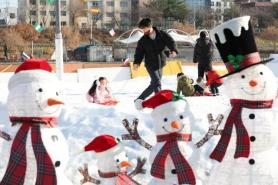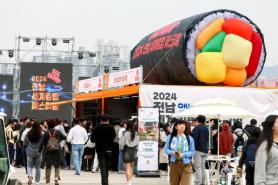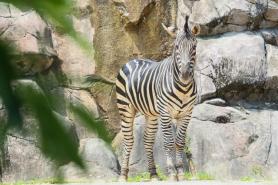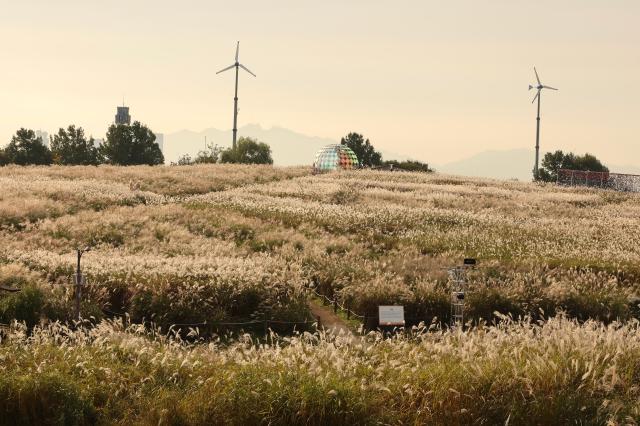
SEOUL, October 29 (AJP) - Each autumn, a mountain in western Seoul turns to gold. Haneul Park, perched 98 meters above sea level, is known for its sweeping skyline views — but few visitors realize it was once a landfill.
By 8 a.m., the park entrance beside the World Cup Stadium was already dotted with early risers climbing 291 steps toward the summit. The ascent left many slightly winded, but the view was worth it. Silver grass swayed in the morning light, and beyond them, Seoul unfolded — the ridges of Bukhansan, the Han River, and rows of high-rise buildings all visible in one glance.
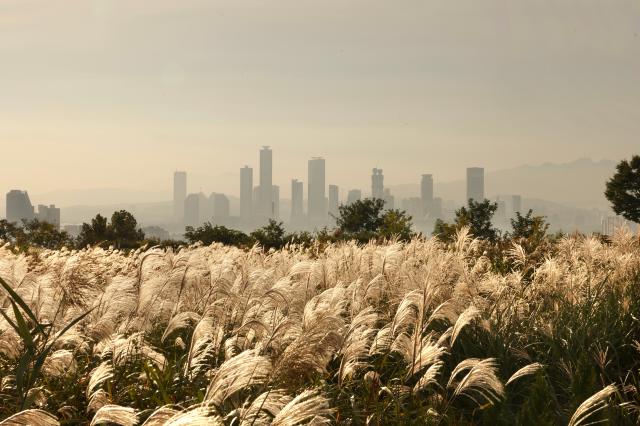
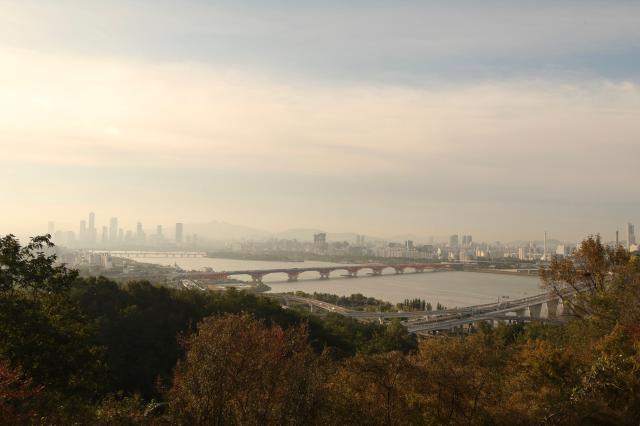
Beneath the beauty lies an unlikely story. The silver grass fields were planted as part of an ecological restoration project ahead of the 2002 World Cup. For 15 years, this hill had been Nanji-do, a landfill holding more than 92 million tons of Seoul’s waste. Silver grass, a resilient plant that thrives in harsh soil, became the first step in transforming the barren mound into a symbol of renewal. Today, the 58,000-pyeong park has become one of Seoul’s most beloved autumn destinations.
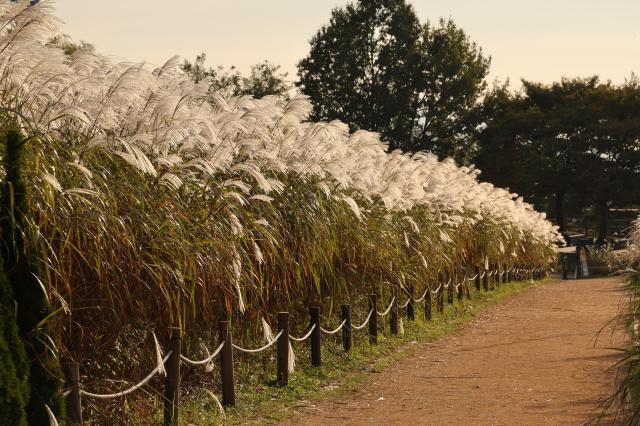
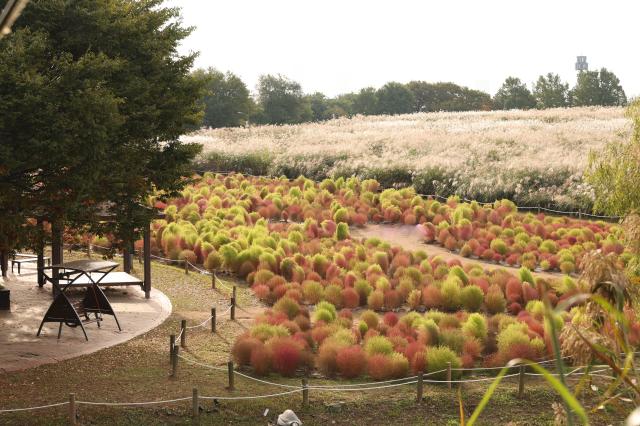
Walking through the fields, the color of the reeds shifted between silver and gold with each turn of sunlight. Art installations scattered among the grass added rhythm to the landscape, drawing visitors to pause for photos or simply stand still and watch the wind ripple across the hill.
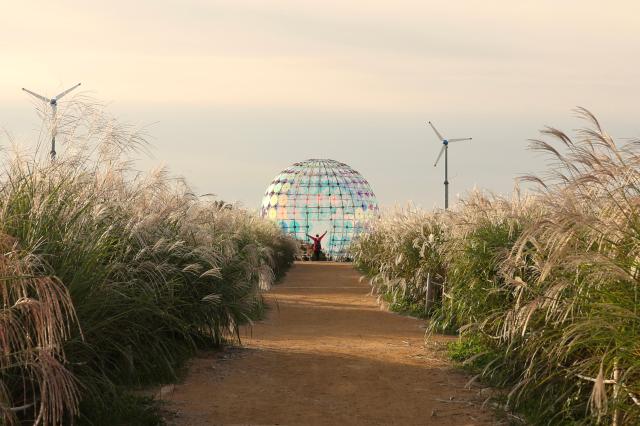
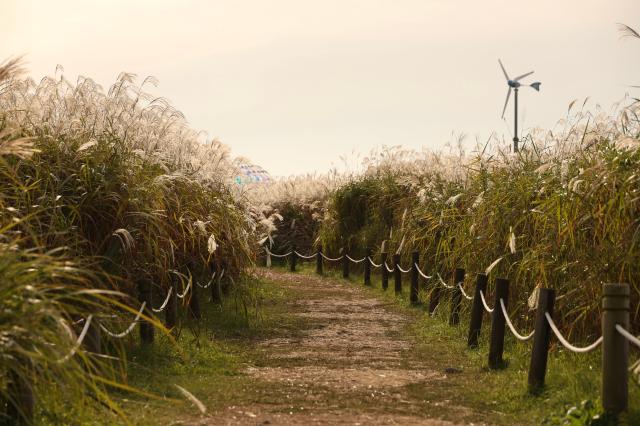
From the observatory deck, the city stretched endlessly below. What was once a mountain of refuse now breathes as a green sanctuary — a quiet testament to Seoul’s capacity for restoration.
The silver grass reach their peak from mid-October to early November. During the festival period, evening lights and performances add a festive glow, but the early morning hours offer the calmest and most evocative experience. Those who find the climb difficult can take the “Maengkkongi” electric shuttle from the park entrance for a small fare.
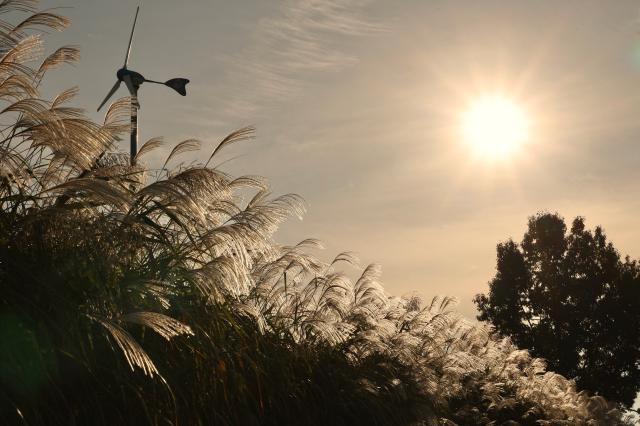
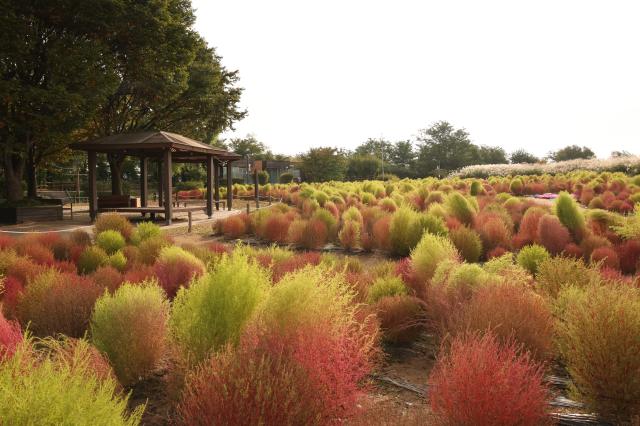
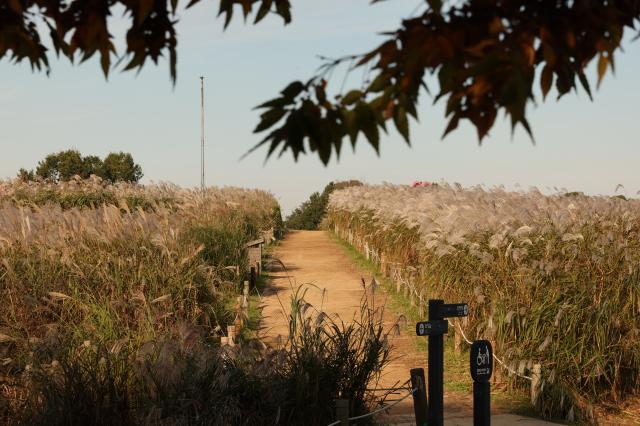
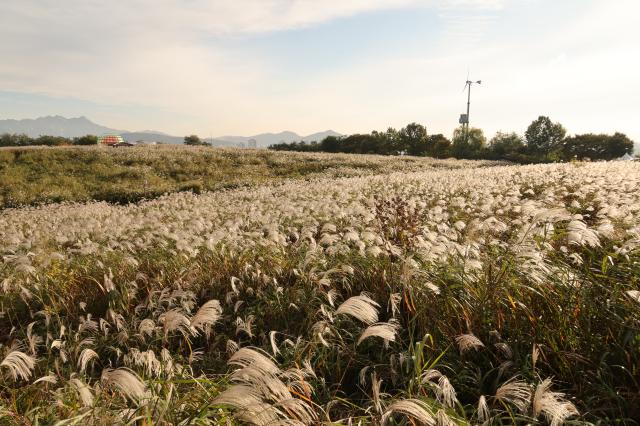
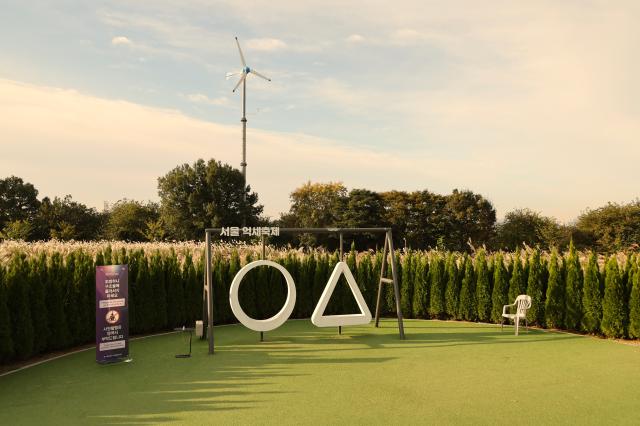
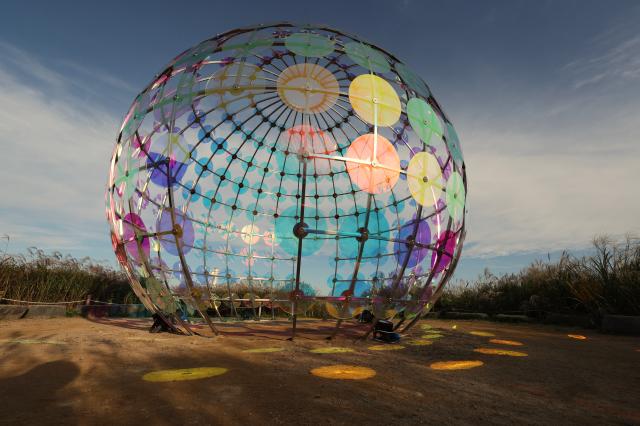
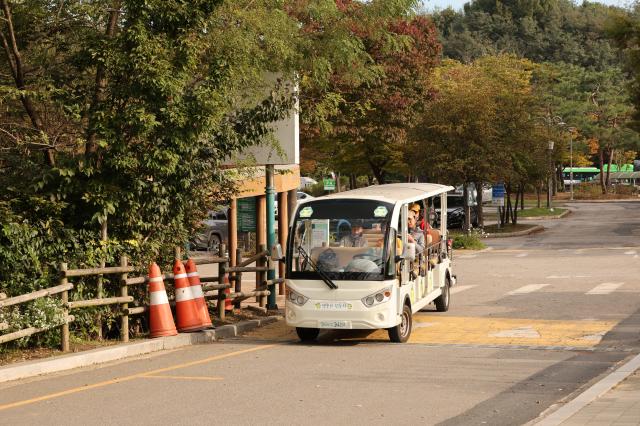
Copyright ⓒ Aju Press All rights reserved.


